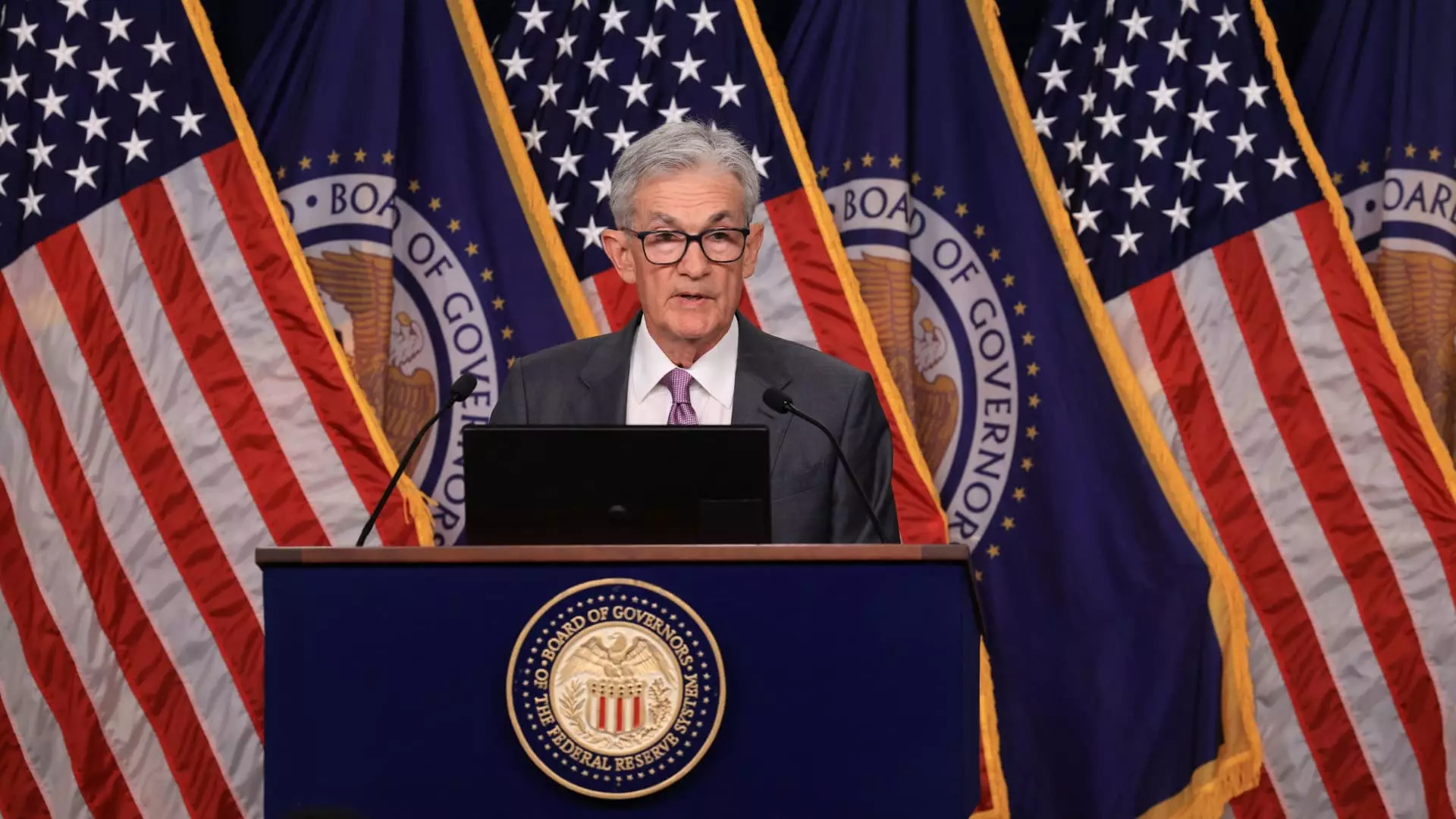The Federal Reserve has recently taken a notable step toward a more comfortable monetary policy by projecting another interest rate cut by the end of 2024. The implication of this decision is significant for economic activities, particularly in light of anticipations for lower borrowing costs. The central bank’s dot plot, which illustrates the future direction of the federal funds rate, shows that 19 members of the Federal Open Market Committee (FOMC) foresee the rate settling at around 4.4% by the end of this calendar year. This expectation translates to a target range of 4.25% to 4.5%, emerging in light of the Fed’s required two remaining policy meetings set for early November and mid-December.
The implications of these projections extend beyond just the near term. The Fed anticipates that through 2025, interest rates could further decrease to a level around 3.4%. By 2026, a modest reduction could lower rates to approximately 2.9%. These forecasts collectively signal a systematic easing of monetary policy that reflects the Fed’s ongoing response to shifting economic indicators.
In the backdrop of these interest rate cuts, the central bank’s evolving perspective on inflation and employment presents a complex picture. As stated by Fed Chairman Jerome Powell, the committee appears to be taking an unhurried approach, suggesting that the economic landscape is still in the process of transformation. The Fed optimistically claims that inflation is moving sustainably towards its targeted rate of 2%. However, the subtle shifts in projections reveal some concerns that need addressing.
The Fed’s most recent statement indicated a slight rise in the expected unemployment rate for the year to 4.4%, marking an increase from the previous prediction of 4%. Concomitantly, the inflation outlook has been adjusted downward to 2.3%, with core inflation now forecasted at 2.6%. These changes highlight a careful recalibration of expectations amidst ongoing economic fluctuations.
The Fed’s recent decision to cut the federal funds rate to a range between 4.75% and 5% marks a pivotal moment—its first such reduction since the uncertainty of the COVID-19 pandemic began. This shift is expected to reverberate through various sectors of the economy, influencing consumer spending and business investments. Adjustments in interest rates inevitably affect loan accessibility and financial markets, and businesses will likely remain cautious as they assess the implications for future operations.
In essence, the Fed’s strategy seems to underscore a balancing act between fostering a conducive environment for growth while managing inflationary pressures and employment rates. As the economy continues to evolve, all eyes will remain on the upcoming meetings and how the Fed navigates this delicate landscape. With an eye toward fostering stability, the Fed’s decisions will be pivotal in shaping economic trajectories in the months and years to come. The cautious optimism embodied in its latest statements may provide a foundation for eventual recovery, yet the path ahead remains uncertain.

